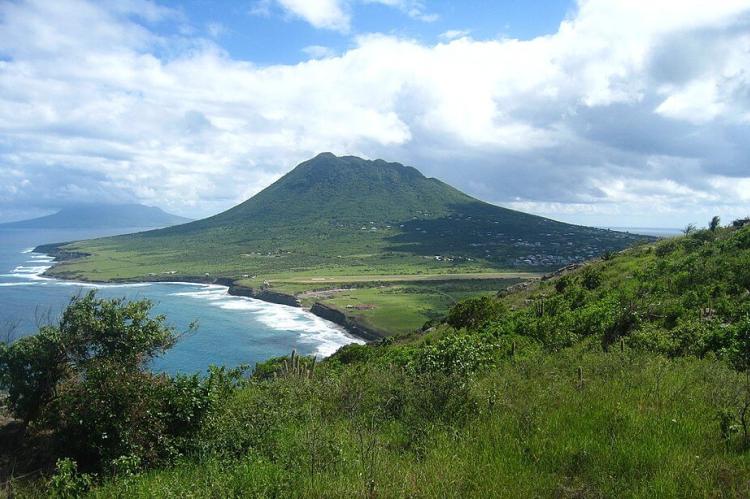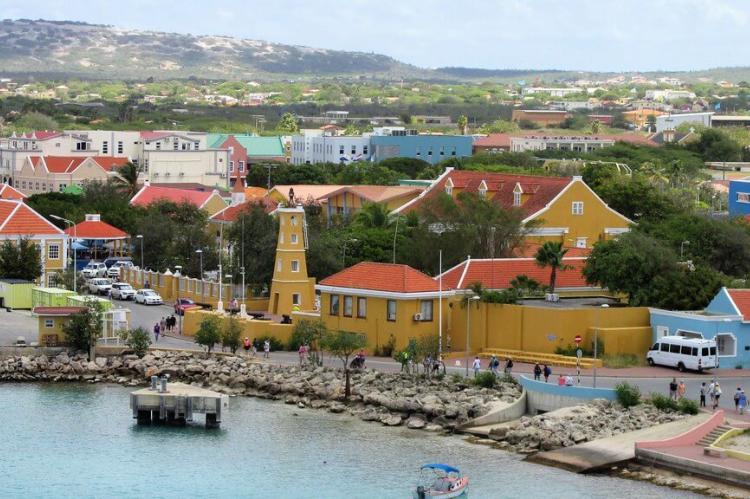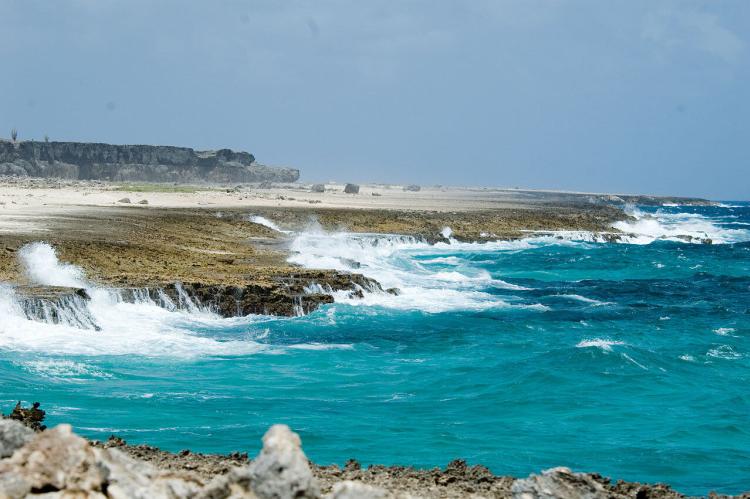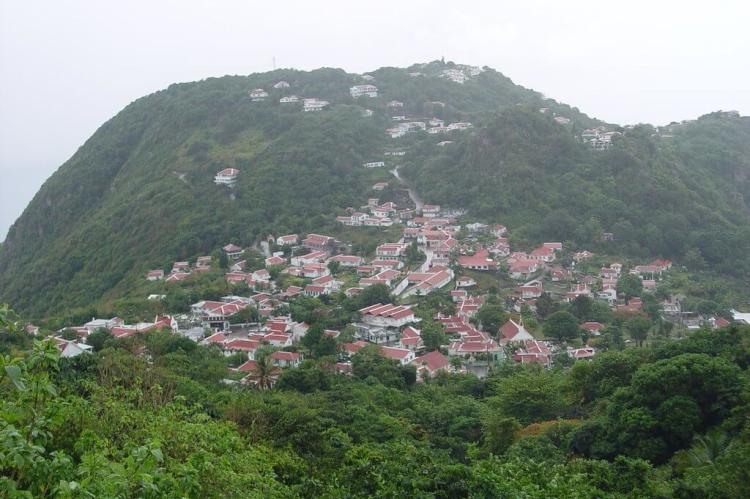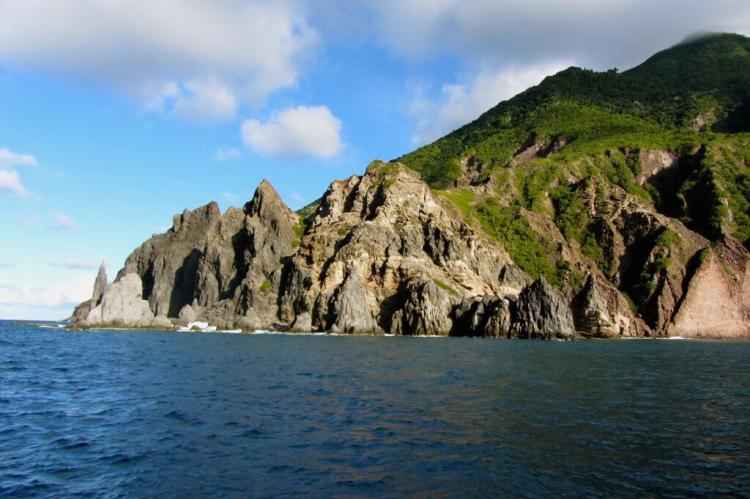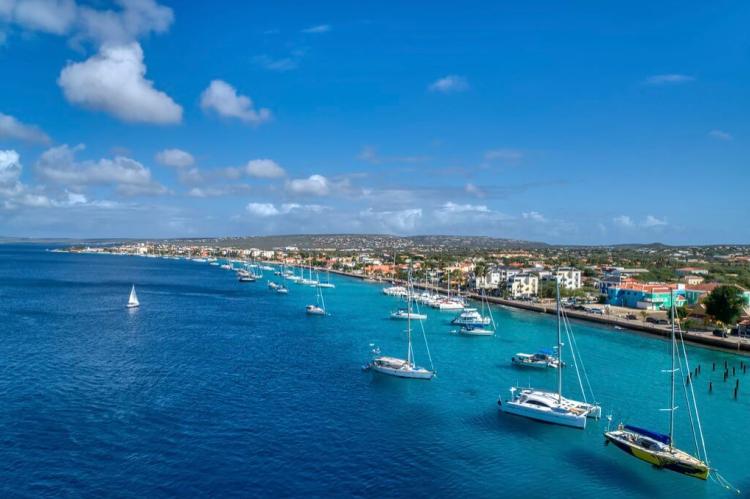The Caribbean Netherlands: A Fusion of Culture and Nature
The Caribbean Netherlands comprises three islands - Bonaire, Saba, and St. Eustatius - in the southern Caribbean Sea. As integral components of the Kingdom of the Netherlands, these islands provide distinct experiences and attractions due to their varied landscapes and dynamic communities.
The Caribbean Netherlands: A Fusion of Culture and Nature
The Caribbean Netherlands, comprising the islands of Bonaire, Saba, and St. Eustatius, stands out as a fascinating region bursting with a diverse blend of cultural heritage and natural beauty. As integral components of the Kingdom of the Netherlands, these islands provide distinct experiences and attractions, drawing visitors to explore their varied landscapes and dynamic communities.
Geographical Insights
Nestled within the southern expanse of the Caribbean Sea, the Caribbean Netherlands occupies a strategic position within the Lesser Antilles archipelago. Bonaire, the largest of the trio, lies approximately 80 kilometers (50 miles) north of Venezuela, forming part of the ABC islands alongside Aruba and Curaçao. Its coordinates position it at approximately 12° north latitude and 68° west longitude.
Further northward, Saba and St. Eustatius, collectively known as the SSS islands, adorn the Caribbean map with their distinct presence. Saba, the smallest of the three, is approximately 45 kilometers (28 miles) southwest of St. Maarten and 240 kilometers (150 miles) east of Puerto Rico, characterized by its towering volcanic peaks and lush rainforests. St. Eustatius, positioned northwest of Saba, lies approximately 30 kilometers (18 miles) southeast of Sint Maarten and 40 kilometers (25 miles) northwest of St. Kitts, offering a diverse landscape of volcanic formations and coral reefs.
These islands, located within the hurricane belt, experience tropical storms and hurricanes during the Atlantic hurricane season, spanning from June to November. However, their strategic positioning bestows them a favorable climate with year-round warmth, gentle trade winds, and abundant sunshine, making them coveted destinations for those seeking tropical paradises.
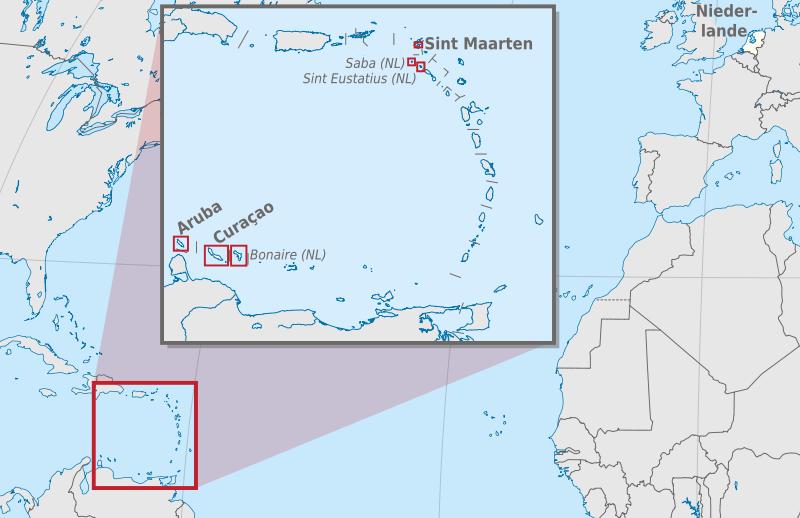
Kingdom of the Netherlands administrative divisions map.
Historical and Cultural Layers
The history of the Caribbean Netherlands is a tapestry interwoven with the legacies of indigenous peoples, European colonization, and the trials of slavery and emancipation. Originally inhabited by indigenous Arawak and Carib communities, these islands witnessed the arrival of European explorers in the late 15th century, leading to clashes between Spanish, Dutch, English, and French interests. This tumultuous past left an indelible mark on the island's cultural landscape, evident in its architecture, cuisine, and traditions.
With its well-preserved colonial architecture and vibrant cultural festivals, Bonaire serves as a living testament to its past as a center of the salt trade and a crucible of slave emancipation. Saba, fondly known as the "Unspoiled Queen," retains its quaint charm with traditional Caribbean cottages and winding streets. At the same time, St. Eustatius was once hailed as the "Golden Rock" for its colonial prosperity, boasting historical treasures such as Fort Oranje and the Quill National Park.
Natural Marvels
Beyond its historical significance, the Caribbean Netherlands captivates visitors with its breathtaking natural beauty. Bonaire, renowned as a diver's paradise, boasts pristine coral reefs, crystal-clear waters, and abundant marine life, earning accolades as one of the world's premier diving destinations. The island's protected marine park provides a sanctuary for endangered species, such as sea turtles, and serves as a beacon of sustainable ecotourism.
Saba, characterized by its dramatic volcanic landscapes and verdant rainforests, beckons hikers and nature enthusiasts to explore its rugged terrain. The majestic Mount Scenery, shrouded in mist and legend, offers intrepid adventurers the chance to traverse challenging trails and discover hidden waterfalls and secluded beaches. Meanwhile, St. Eustatius entices visitors with its diverse landscapes, from volcanic peaks to vibrant coral reefs, making it a haven for snorkelers, divers, and beachgoers.
Cultural Fusion and Preservation
The cultural fabric of the Caribbean Netherlands reflects centuries of interaction between European, African, and indigenous influences, resulting in a vibrant tapestry of music, art, and cuisine. From the rhythmic beats of Bonaire's traditional tumba music to the lively dance performances of Saba's annual Carnival celebrations, each island pulsates with the dynamic energy of its people. Local delicacies such as keshi yena (stuffed cheese), goat stew, and Johnny cakes showcase the islands' culinary diversity, offering a tantalizing taste of Caribbean flavors.
As stewards of some of the Caribbean's most pristine ecosystems, the inhabitants of the Caribbean Netherlands are committed to preserving their natural heritage for future generations. Sustainable tourism initiatives, marine conservation efforts, and community-led projects are underway to protect the islands' fragile ecosystems and promote responsible travel practices. Bonaire, in particular, has set a global standard for marine conservation with its innovative reef protection measures and commitment to renewable energy, earning recognition as a leader in environmental sustainability.
